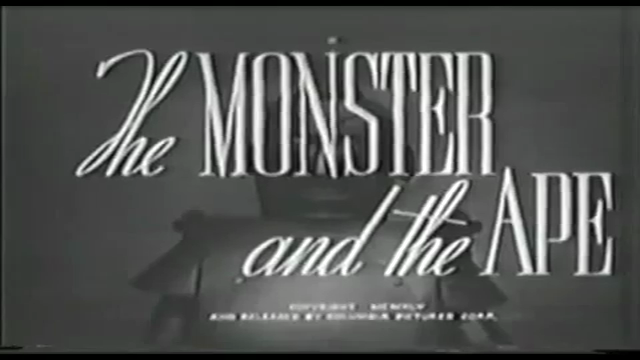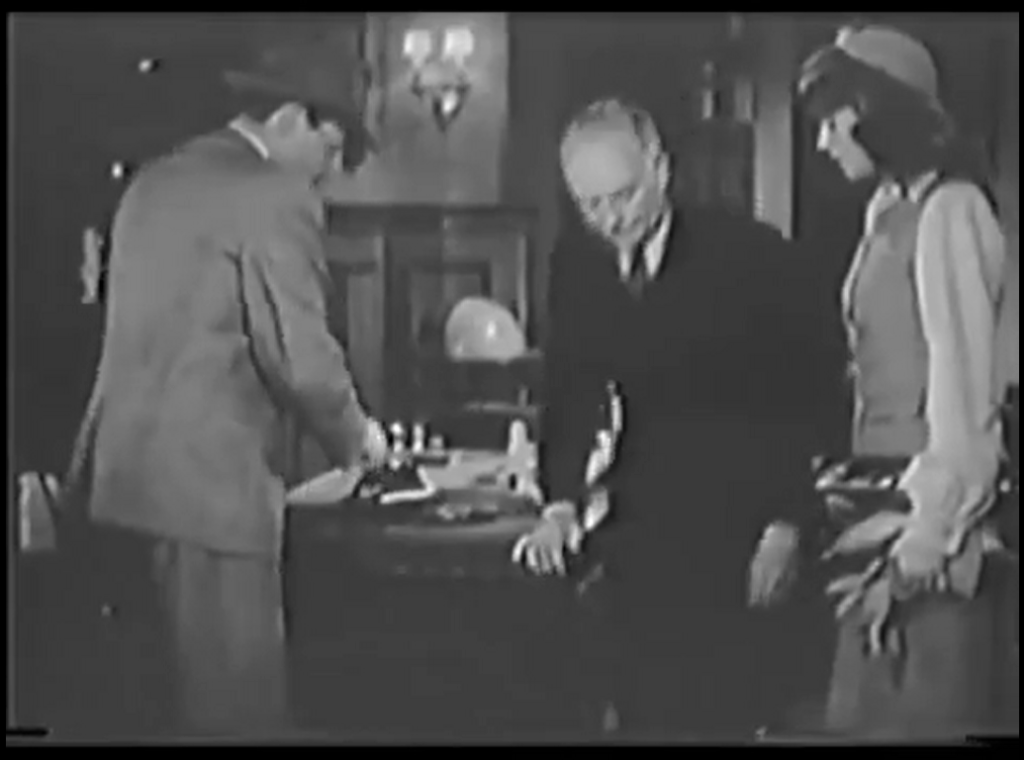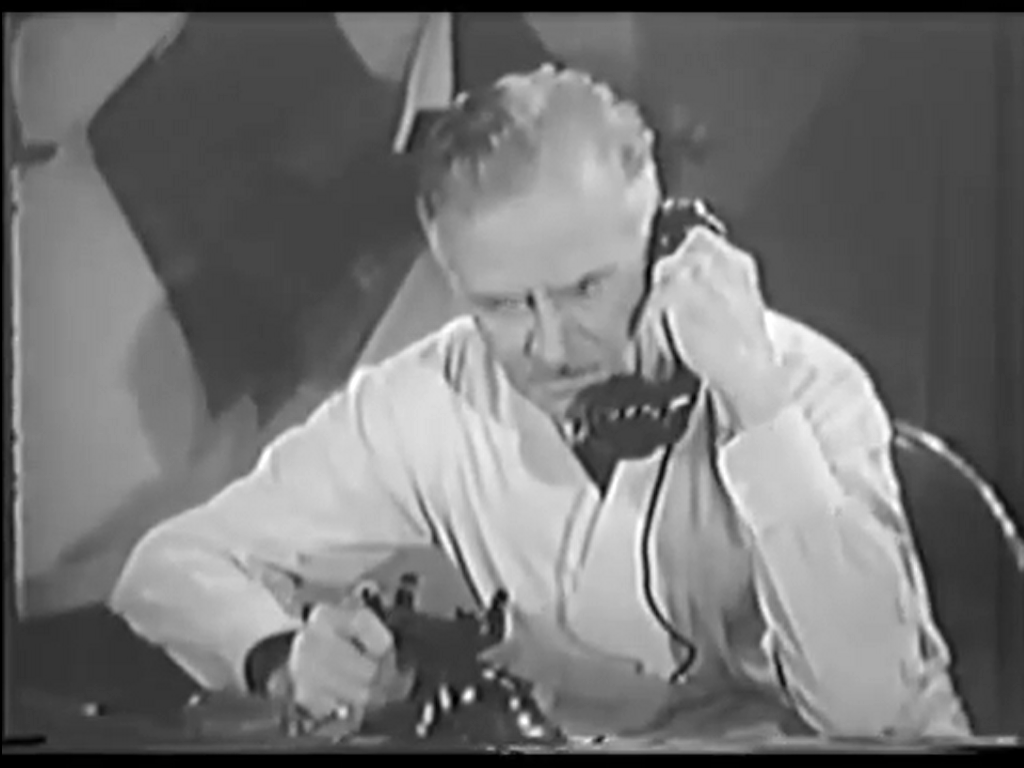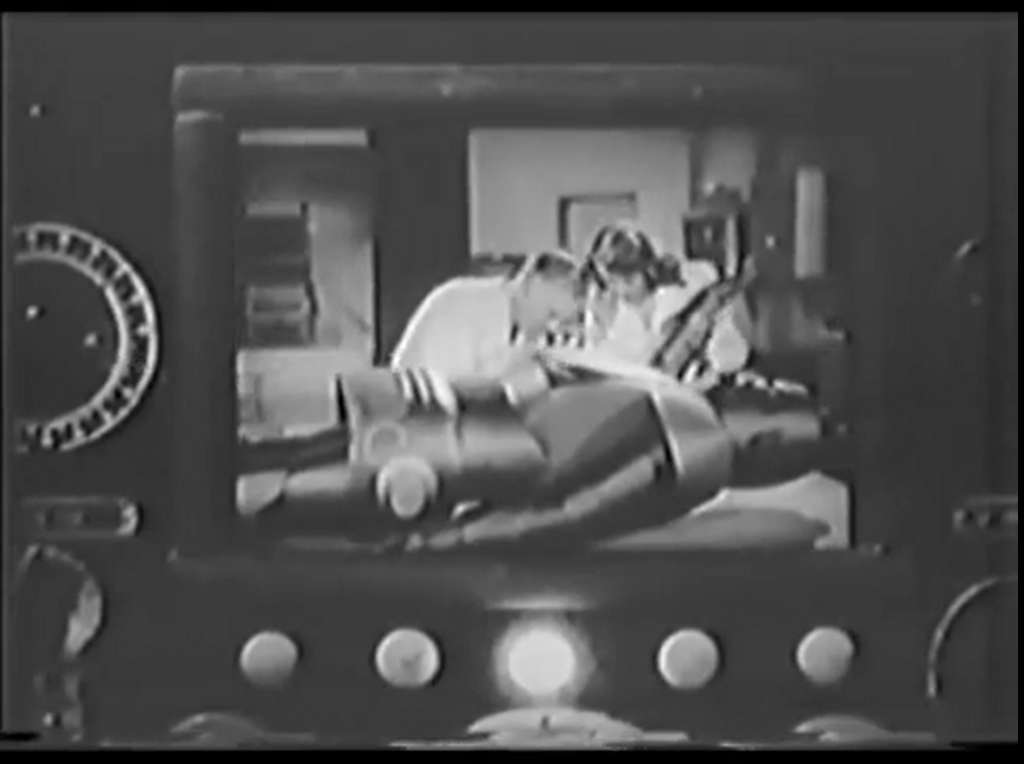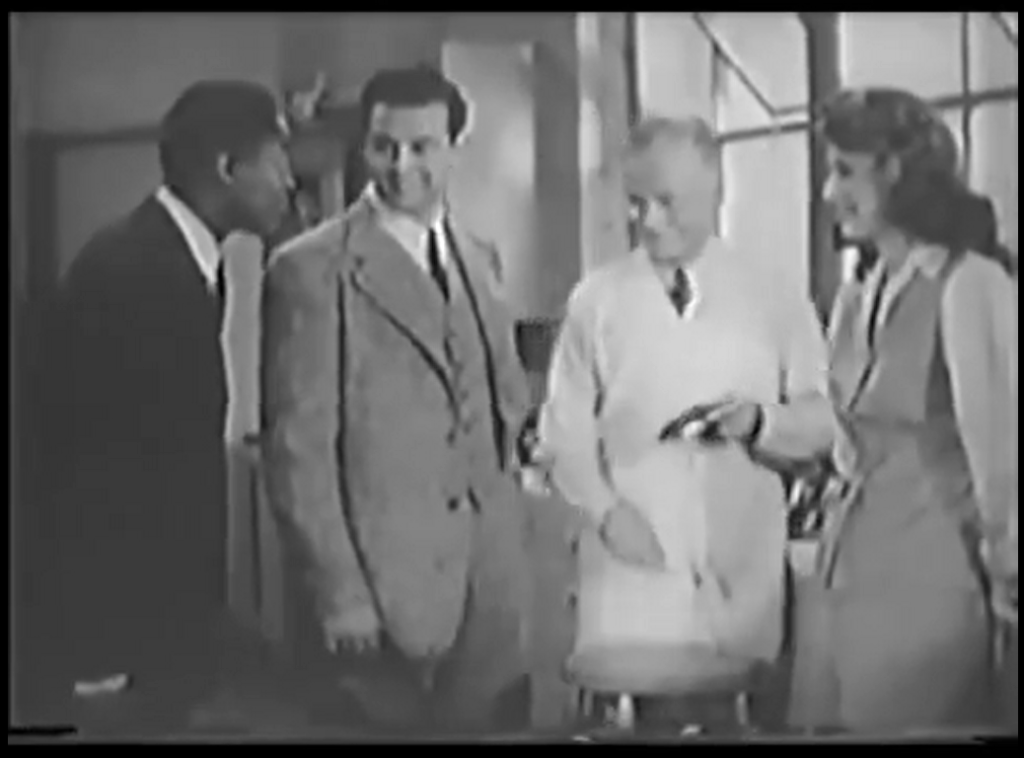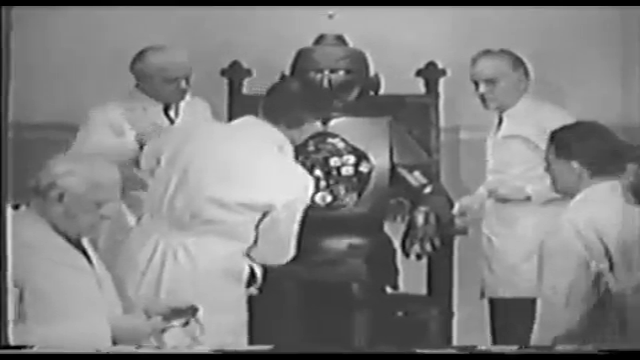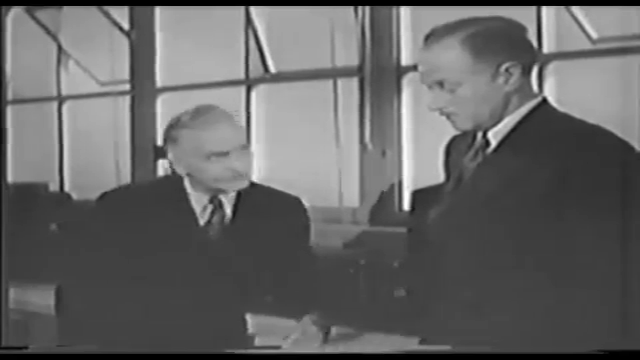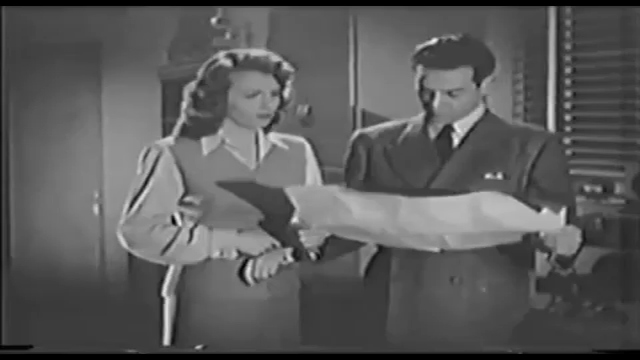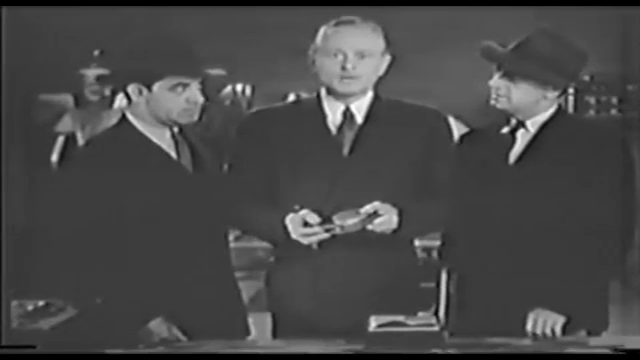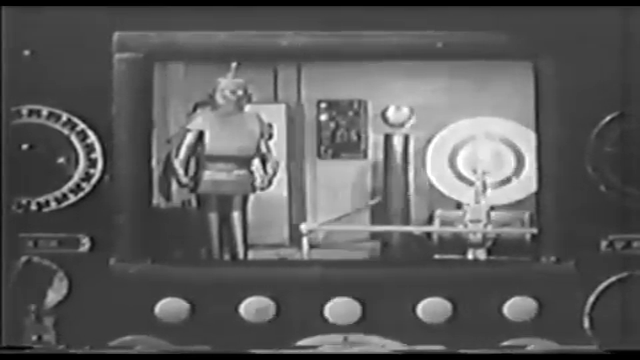-
#402 – The Monster and the Ape (1945)
The Monster and the Ape (1945)
Film review #402
Director: Howard Bretherton
SYNOPSIS: Professor Arnold at the Bainbridge Research Laboratory have completed construction on a revolutionary new robot called the “Metalogen Man” that they believe will be able to accomplish all manual labour. However, after a demonstration to Professor Ernst and three other colleagues, Ernst arranges the deaths of the other three and steals the robot for himself using a trained ape. Ken Morgan, a representative for the company who ordered the robot, teams up with Professor Arnold and his daughter Babs to stop Ernst and recover the robot, before Ernst can find more of the valuable mineral Metalogen and create an army of unstoppable robots…
THOUGHTS/ANALYSIS: The Monster and the Ape is a 1945 movie serial composed of fifteen chapters. The opening chapter sees Professor Arnold give a demonstration at the Bainbridge research Laboratory to Professor Ernst and three other colleagues of “The Metalogen Man”, a human-like robot that will be able to handle all kinds of manual labour. After the demonstration, Professor Ernst arranges the deaths of his colleagues and steals the robot for himself using a giant trained ape named Thor. Ken Morgan, the representative of the company who was going to buy the robot, arrives but finding the robot has been stolen, teams up with Professor Arnold and his daughter Babs to attempt to recover the robot. The story follows Morgan, Arnold and Babs as they try to thwart Ernst’s various schemes to unearth more of the valuable mineral Metalogen to create more robots. The story follows the usual serial format rules, with a lot of back-and-forth between the heroes and villains as the robot and it’s control unit are stolen and re-stolen throughout the fifteen chapters. There are less action scenes and very few chase scenes in vehicles which are typically a staple of the format. The cliffhangers are fairly varied and contain some elaborate traps, but you know how they’re going to end up most of the time.
The “monster” and the “ape” of the title are the robot and Thor. The robot is controlled by a control unit and looks fairly strong and menacing, with its light up eyes and bulky body. Thor is brought out of the zoo by its trainer to carry out the orders of Professor Ernst, and handles jobs such as carrying the robot, which is too heavy for any person to lift. Thor himself is played by Hollywood stuntman Ray Corrigan, who owned the ape-suit and would rent himself and the suit out to movies that required it, and he does a convincing job with it. However, we don’t see nearly enough of the two of them, and most of the action doesn’t involve them. The worst part is we never get to see the two of them fight one another, which is a hugely missed opportunity (and being shown on the posters). Thor dies by being shot in the thirteenth chapter, which is a hugely underwhelming end for the titular character. The rest of the characters follow the usual format, with the lead male doing the action and fight scenes, the sole female character who acts as an assistant or secretary, and the ‘good’ scientist who helps them. There’s also Flash, who plays a comic relief character (I’m not sure what his role in the laboratory actually is), and is played by a non-white actor, which is very rare in 1945. He is played as having a low intelligence and being a coward, which results in him being very much a racist caricature, and is quite problematic to say the least. Professor Ernst as the villain has plenty of schemes, and while he has no special powers, inventions, nor is he hidden behind a disguise like many serial villains, he still has quite an aura of menace about him.
Overall, The Monster and the Ape is a typical serial adventure with few stand outs. It has some elaborate cliffhangers and scenarios that replace the well-worn vehicle chases of other serials, but it’s titular “monsters” are vastly under-utilised, and you can’t help feel a little disappointed with the potential of a robot versus an ape, and what we actually get, which is the sparse use of both and the lack of any confrontation between them.
